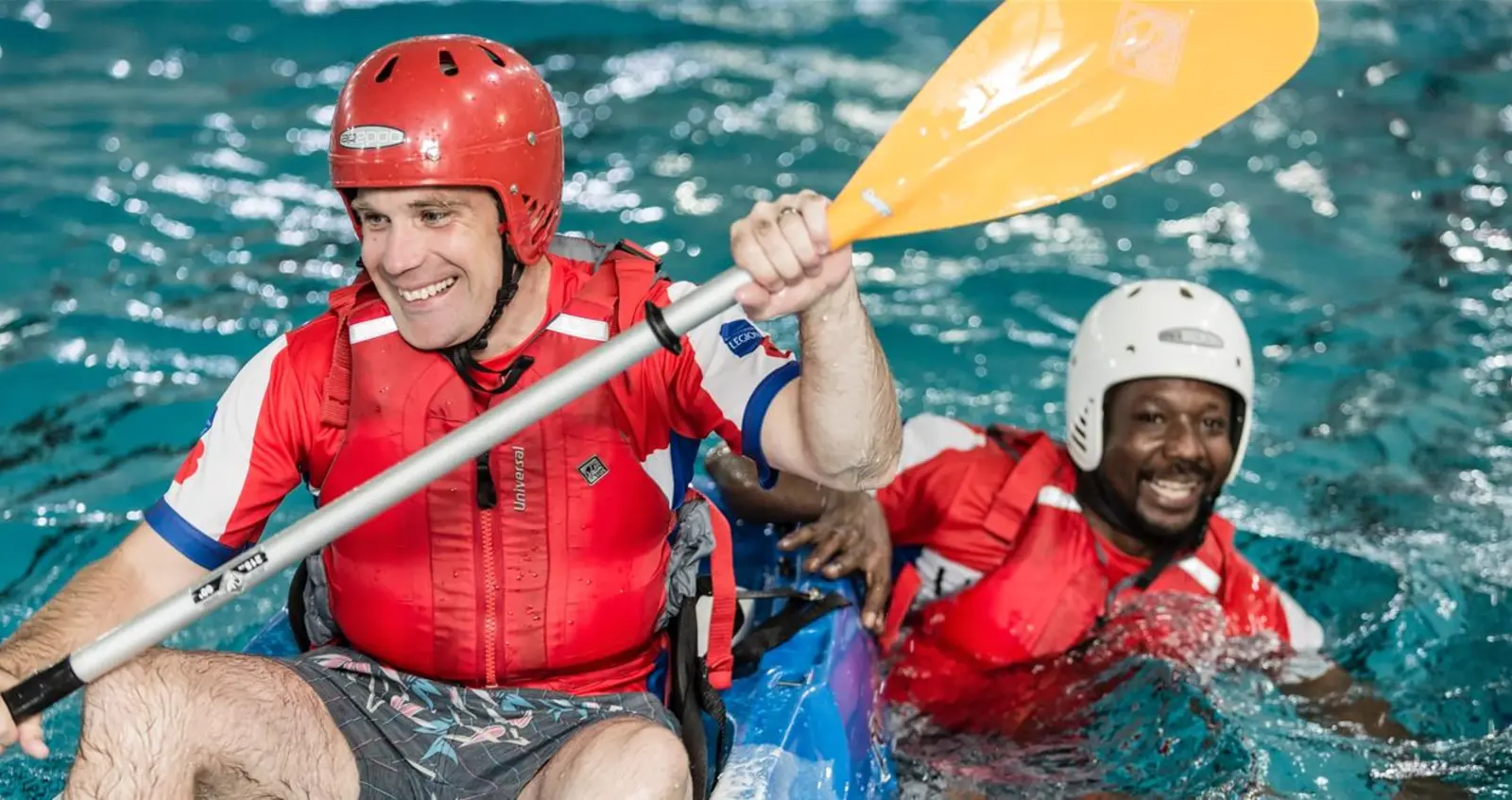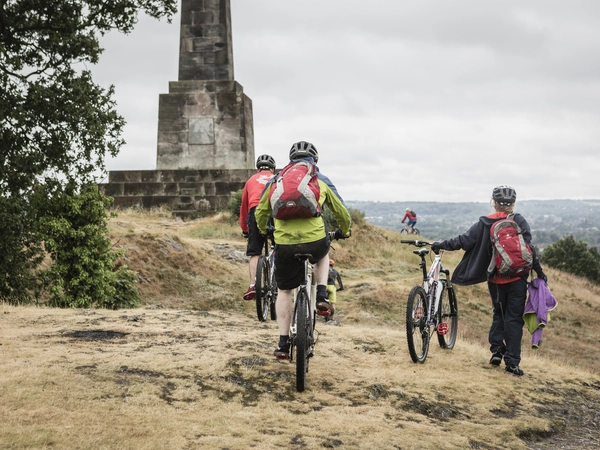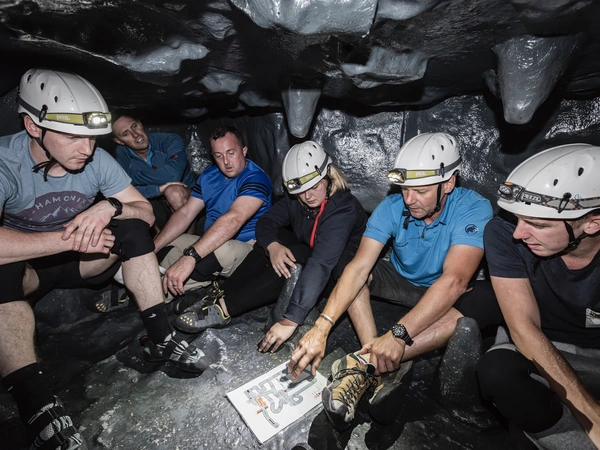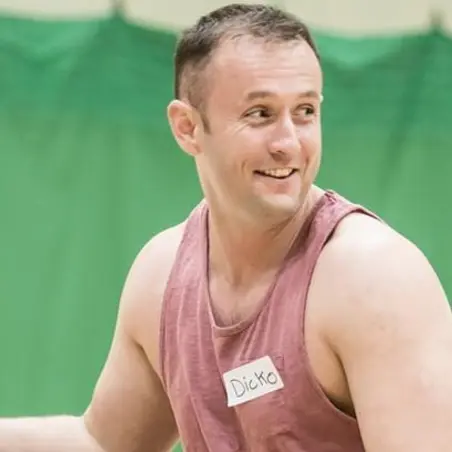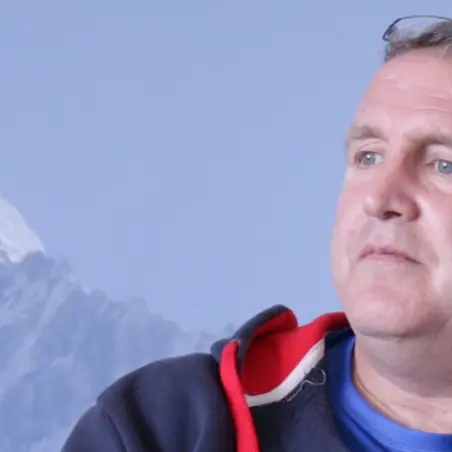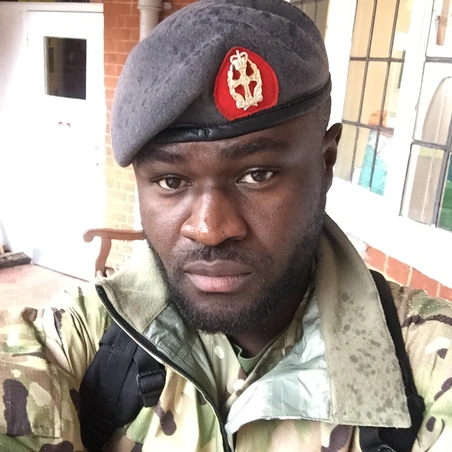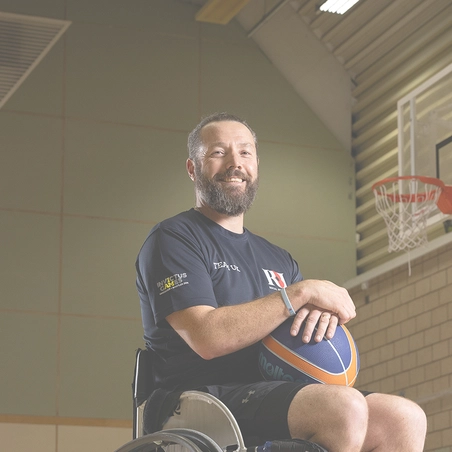The Battle Back Centre Lilleshall was established by the Royal British Legion in 2011 to support wounded and injured service personnel returning from Iraq and Afghanistan.
Our aim is to help ensure the best possible recovery for the Armed Forces community, whether it’s returning to duty or successfully transitioning to civilian life.
As well as continuing to support wounded, injured and sick service personnel, more recently we have expanded our service with the introduction of wellbeing courses for veterans.
"Battle Back was my light at the end of the tunnel."
Overcoming challenges is known to aid recovery – and physical development is such a key part of this process.
Centred around adaptive sport and adventurous training activities, such as wheelchair basketball, archery, mountain biking, climbing and caving, Battle Back helps build camaraderie as well as the chance to connect through shared experiences.
The programme is designed to help grow confidence and improve motivation as well as the ability to deal with stress. Delivered alongside expert coaching, it also helps to develop positive thinking – focusing on what someone can achieve instead of what they cannot.
If you’d like to find out more about our Battle Back Centre and are currently serving, please get in touch with Helen Thorogood via:
Telephone: 01980 656753
Email:
;[email protected]
If you are a Veteran, please get in touch with the Royal British Legion using the contact details below.
To find out more about the support the RBL could offer you, contact us via
Telephone: 0808 802 8080
Telephone overseas: +44 (0)20 3376 8080
Calls are free
from UK landlines and main mobile networks
Email: [email protected]
"I was at an all time low."
Can't find what you're looking for?
Find more information in our Guidance and Advice section

